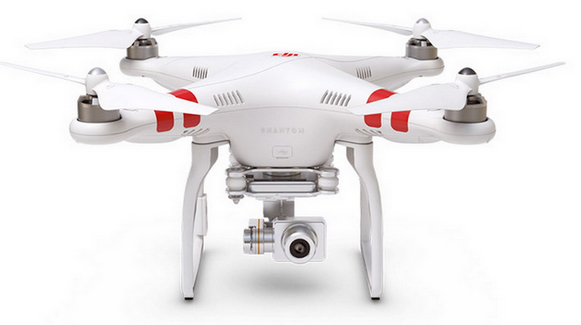New UAS Rules: Keeping Pilots and Passengers Safe Remains EAA Priority
FAA proposal includes see-and-avoid requirements
February 16, 2015 – The Federal Aviation Administration’s proposed rule on regulation for commercial small unmanned aerial systems is a good first step, according to the Experimental Aircraft Association (EAA). The FAA announced the proposed rules on February 15, outlining certification requirements for UAS weighing no more than 55 pounds and flown for non-recreational purposes.
“Our top priority throughout all these discussions of UAS regulations has been maintaining safety for the pilots and passengers using the national airspace system,” said Sean Elliott, EAA’s vice president of advocacy and safety. “Those who fly aircraft already have a tremendous responsibility to see and avoid other aircraft and aerial vehicles. It is common sense to require that emerging technologies use the airspace in the same way, without putting extra burdens on the traffic that is already there.”
The proposed rules would require the affected UAS operators to be at least 17 years old and pass an FAA-administered knowledge test every two years to receive the agency’s UAS Operator Certificate with a proper rating.
A UAS would be required to give the right of way to manned aircraft and operate during daylight hours only, at speeds less than 100 mph and altitudes below 500 feet above ground level. In addition, they could not operate over people except those involved in the flight.
“We are pleased that the FAA has moved forward with this proposed rule, which will eliminate much confusion about UAS in that community and within aviation,” Elliott said. “The increased number of encounters between pilots and UAS show the necessity for these rules.”
Public comments will be accepted on the FAA’s formal Notice of Proposed Rulemaking for 60 days. EAA will make formal comments on the proposal prior to the deadline.
EAA had already been involved with the Academy of Model Aeronautics and the UAS industry in a “Know Before You Fly” education campaign that was introduced last month in several locations, including the AMA convention in California. As another potential pathway to discover more about aviation, EAA is also featuring UAS activities as part of its EAA AirVenture Oshkosh fly-in in July at Oshkosh, Wisconsin.

